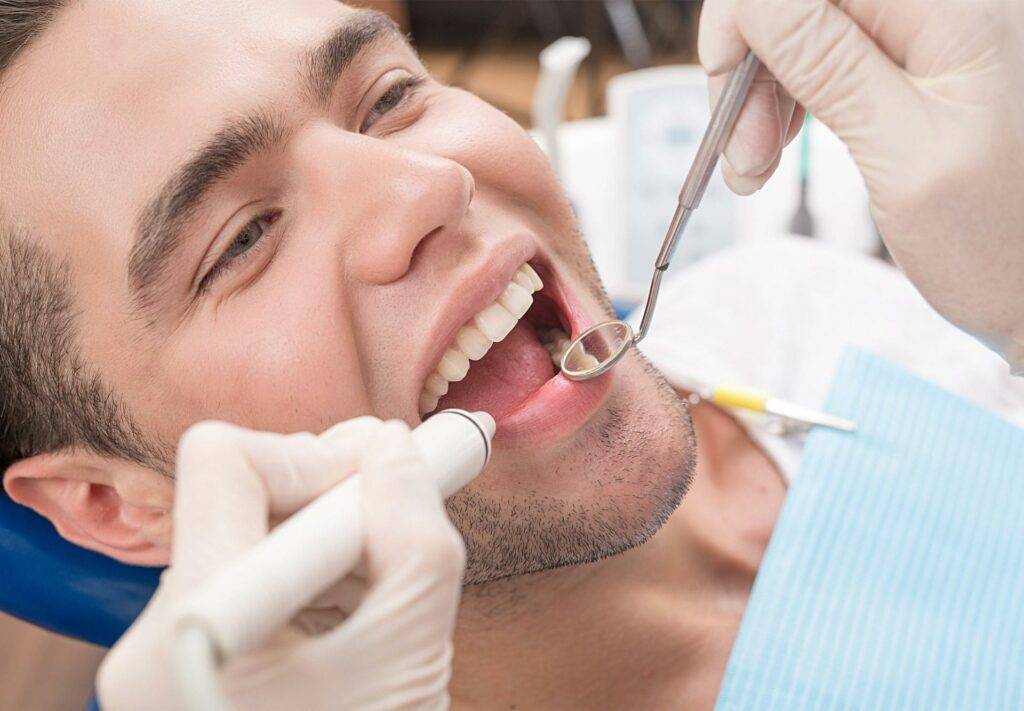Orthodontics, the specialized field of dentistry dedicated to correcting dental irregularities and aligning teeth, varies widely in its approach across different cultures worldwide.
While the fundamental objective of orthodontic treatment—enhancing dental health and achieving a more attractive smile—remains consistent, cultural perspectives greatly influence how these goals are pursued and perceived.
United States and Canada: Aesthetic Excellence
In North America, particularly in the United States and Canada, orthodontics is deeply intertwined with the pursuit of aesthetic perfection. The emphasis extends beyond oral health to include cosmetic enhancements.
Orthodontic treatment often begins at a young age, with children as young as seven undergoing evaluations to assess dental alignment. This proactive approach aims to address dental issues early, optimizing treatment outcomes and promoting oral health throughout life.
For teenagers and adults alike, orthodontic interventions such as braces and clear aligners are not only common but also embraced as essential tools for achieving a flawless smile.
Technological advancements play a pivotal role in North American orthodontics, with innovations like clear aligners (e.g., Invisalign) gaining widespread popularity.
These aligners are favored for their discreet appearance and convenience, appealing to individuals seeking orthodontic correction without the visibility of traditional braces.
Furthermore, accelerated treatment options utilizing devices such as AcceleDent and Propel reflect a cultural preference for efficient solutions that deliver timely results.
Japan: Subtle Enhancements
In Japan, orthodontic practices reflect a cultural appreciation for subtlety and natural aesthetics. The focus is not solely on achieving perfect alignment but also on enhancing dental function and maintaining a harmonious facial profile.
Orthodontic treatments in Japan often prioritize discreetness, with lingual braces positioned on the inner surfaces of teeth and clear aligners being preferred choices. These options minimize the visual impact of orthodontic appliances, aligning with cultural values that place importance on personal presentation and modesty.
Cultural attitudes toward dental imperfections in Japan differ from those in other regions. Minor irregularities may be perceived as endearing or adding character, influencing orthodontic decisions to prioritize functional improvements over achieving absolute uniformity in tooth alignment.
Europe: Health-Centric Approaches
Across many European countries, orthodontics is approached with a strong emphasis on holistic dental health. While aesthetic improvements are valued, the primary focus remains on promoting oral health and addressing functional issues that impact overall well-being.
Orthodontic care in Europe often benefits from accessible public health systems, ensuring that a broader segment of the population can receive treatment.
Early intervention strategies are commonly employed to prevent more severe dental problems later in life, aligning with a preventive healthcare approach that emphasizes long-term dental health.
Clear aligners and ceramic braces are increasingly preferred options among European patients, particularly teenagers and adults seeking orthodontic correction.
These treatments blend effectiveness with aesthetic appeal, catering to a population that values both functional outcomes and visual harmony in dental alignment.
China: Rising Demand for Orthodontics
In China, orthodontic practices reflect evolving cultural attitudes toward beauty and self-improvement. Rapid economic growth has fueled a burgeoning middle class with increased disposable income, leading to heightened demand for aesthetic dental treatments.
Aesthetic expectations in China place a strong emphasis on achieving a perfect smile, which is often equated with success and social acceptance. Influences from Western media and celebrities have further popularized the pursuit of dental perfection, contributing to the growing demand for orthodontic interventions.
Technological advancements in orthodontics have been readily adopted in China, with clear aligners and self-ligating braces gaining popularity among consumers seeking advanced treatment options.
Digital orthodontic technologies enable more precise treatment planning and execution, reflecting a cultural preference for innovation and efficiency in healthcare solutions.
India: Transition and Diverse Practices
In India, orthodontic care is undergoing a period of transition, characterized by a blend of traditional practices and modern advancements. As the country experiences economic growth and urbanization, orthodontic treatments are becoming more accessible to a wider segment of the population.
Awareness campaigns and educational efforts are increasingly promoting the benefits of orthodontic treatment, driving demand among Indian families seeking to improve dental health and appearance.
Traditional metal braces remain widely used due to their affordability and effectiveness, particularly in rural areas where access to advanced orthodontic technologies may be limited.
However, urban centers in India are witnessing a growing preference for clear aligners and ceramic braces among younger demographics. These options appeal to individuals seeking discreet orthodontic solutions that align with modern aesthetic standards while addressing dental irregularities effectively.
Brazil: Embracing Dental Beauty
In Brazil, orthodontic practices reflect a cultural emphasis on physical appearance and dental aesthetics. A perfect smile is highly valued in Brazilian society, symbolizing beauty, confidence, and personal success.
Orthodontic treatments are sought after by both teenagers and adults in Brazil, driven by aspirations for dental perfection and enhanced facial aesthetics. Clear aligners and lingual braces are popular choices among individuals seeking discreet orthodontic correction without compromising visual appeal.
Technological integration in Brazilian orthodontics supports comprehensive dental care, with advanced techniques and materials enhancing treatment outcomes. Cosmetic dentistry procedures, including teeth whitening and veneers, are often integrated with orthodontic treatments to achieve holistic dental aesthetics.
Orthodontic practices around the world are shaped by diverse cultural perspectives, aesthetic preferences, and healthcare systems. While the fundamental goal of orthodontics—improving dental health and enhancing smiles—remains universal, the approach to achieving this goal varies significantly across different countries.
Understanding these cultural perspectives is essential for dental professionals aiming to provide personalized orthodontic care that aligns with patients’ preferences and expectations.
By appreciating the nuances of orthodontic practices worldwide, dental practitioners can deliver effective treatments that not only correct dental irregularities but also respect and reflect diverse cultural values related to oral health and aesthetics.


